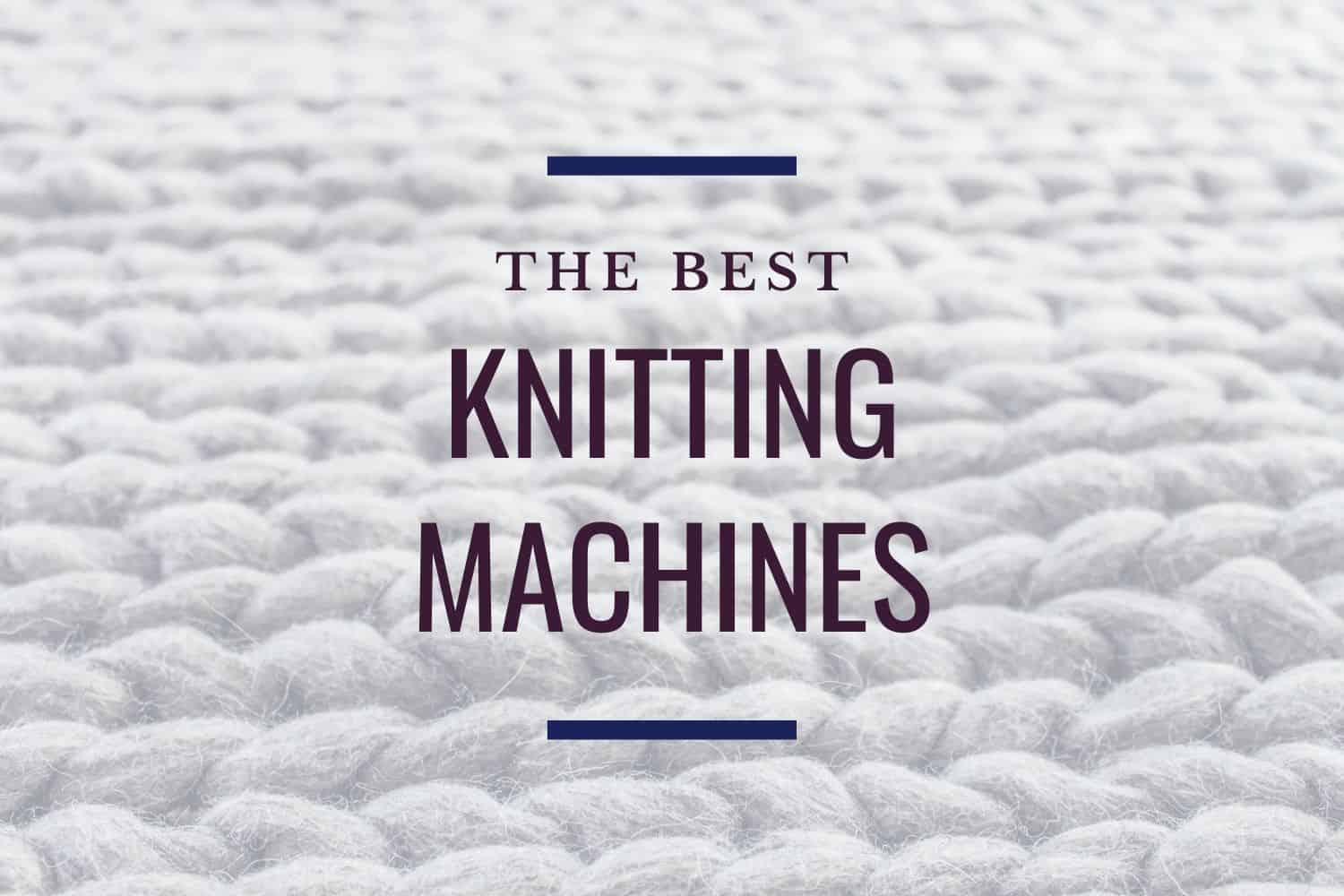Knitting machines have played an important role in the textile and garment industry for centuries, enabling mass production of high-quality textiles and clothing items. The history of knitting machines goes back to the 16th century, when hand-operated flatbed machines were developed in England. These machines were operated by skilled craftsmen who would produce knitted pieces one stitch at a time. However, the introduction of power-driven knitting machines revolutionized the textile industry, allowing for faster, more efficient production of knitted goods.

The first power-driven knitting machines were developed in the late 18th century and were operated by steam engines. These machines were used mostly for producing extremely fine gauge fabrics, such as silk stockings. However, in the 19th century, the invention of the circular knitting machine led to the mass production of hosiery, which was previously produced by hand. The circular knitting machine was capable of producing seamless tubes of knitted fabric, which could be cut and sewn into stockings and other hosiery items.
Knitting machines continued to evolve in the 20th century, with the development of machines capable of producing a wider range of fabrics, including ribbed fabrics and complex patterns. The introduction of electronic controls and computerized systems has further increased the versatility of knitting machines, enabling the production of a wide variety of knitted products.
One company that has played an important role in the modern knitting machine industry is SUMEC Corporation Limited. Established in 1978, SUMEC is a key member of China National Machinery Industry Corporation (SINOMACH). SINOMACH is a state-owned enterprise under the direct control of the Chinese government and is one of the largest machinery corporations in the world.
SUMEC has developed a range of advanced circular knitting machines that are used in the production of a wide variety of knitwear products, including sweaters, t-shirts, socks, and underwear. These machines are equipped with state-of-the-art features, including computerized pattern design and advanced control systems for precise, efficient production.
One of the key advantages of modern knitting machines is their ability to produce high-quality, consistent knitted fabrics at a fast pace. This has made them a popular choice for manufacturing clothing and textile products, particularly in countries where labor costs are high. Knitting machines are also versatile, allowing for the production of a wide range of fabrics, from lightweight summer knits to heavy winter woolens.
Another advantage of knitting machines is their potential for customization. Many knitting machines are equipped with cutting-edge technology that allows for the production of complex, multi-color patterns and designs. This makes them a popular choice for producing unique or specialized products, such as sports team jerseys or custom-designed knitwear.
Overall, knitting machines have played a significant role in the development of the textile and garment industry, enabling faster, more efficient production of high-quality textiles and clothing items. With continued innovation and development, it's likely that knitting machines will continue to play an important role in the future of the textile industry. Companies like SUMEC and SINOMACH are at the forefront of this industry, developing the advanced technology that allows for the production of high-quality, affordable knitwear products.